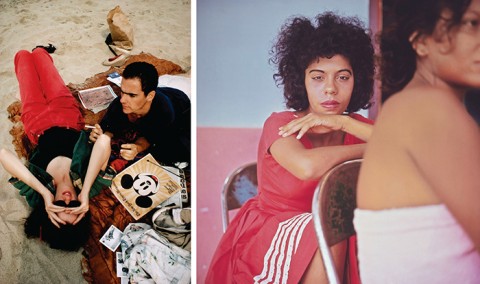What's outside the photograph's frame?
In a gallery or on Instagram, a camera's lens poses ethical questions.

In her 1977 book On Photography, Susan Sontag argued that photography creates its own “ethics of seeing.” Sontag suggested that photography has created “the sense that we can hold the whole world in our heads—as an anthology of images.” This not only gives us visual information, but also expands our sense of what we have permission to observe and what is worth noticing. The use of camera technology, she observed, has democratized both the means of production and the variety of images produced.
The advent of social media makes Sontag’s thesis even more relevant. Every Instagram and Snapchat user adds to the profusion of images that saturate our lives and shape our sense of “real experience.” As the kids say, “Pics or it didn’t happen.” Artists engaged with photography must wrestle with the ethics of seeing that the medium demands.
Two photography exhibits in New York offer a case in point. While Sontag was meditating on the nature of the photographic image, artist Nan Goldin was taking the photographs that would become her major work, The Ballad of Sexual Dependency. This slideshow of 700 still images set to music is on view at the Museum of Modern Art through February 2017.





